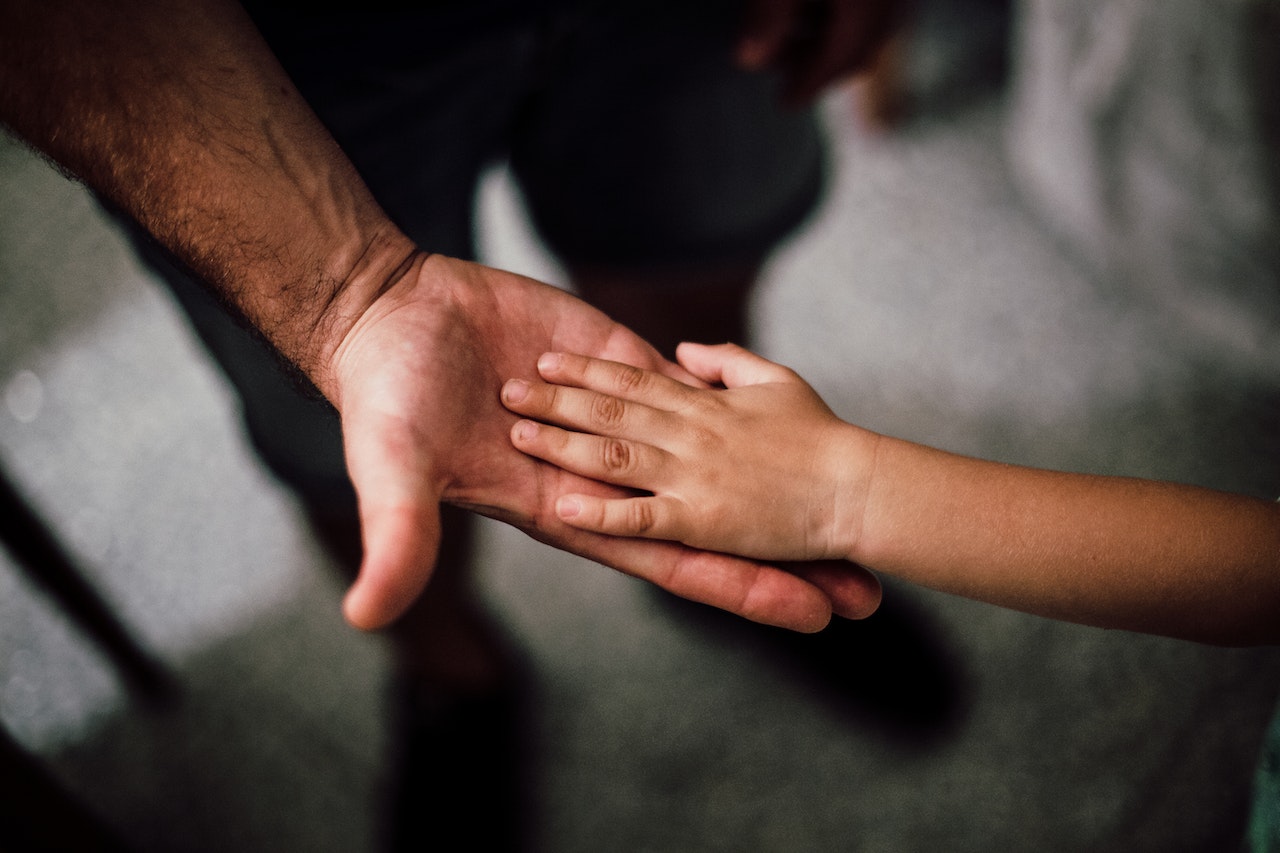This post was originally published on Good on You
This is a sponsored article featuring brands that have been independently assessed by our rigorous ratings system. We’re proud to only collaborate with “Good” and “Great” rated brands. Learn more.
Every month, our team puts their heads together to find the best clothes, shoes, and accessories made by responsible brands you’ll love. Here are Good On You’s team picks for August 2024.
Why loving your clothes matters
Developing a connection with the things you own is important in more sustainable fashion, and August’s team picks are inspired by that sentiment. This month, a pair of earrings evoked in one team member memories of her mother, while another noted how Opera Campi’s sweater had become a much-loved essential in the Sydney winter. When things become old favourites or reminders of something special, we’re more likely to look after them, repair them, and extend their wearability for as long as possible. It’s a sharp contrast to the take-make-waste ethos of fast fashion.
In this roundup, there are handmade jeans from upcycled clothes, trousers inspired by the notion that light follows darkness, and many more thoughtful things—we hope they’ll inspire you to consider your own connections with clothing.
As the leading source for sustainable fashion ratings, Good On You’s team is dedicated to helping consumers make better shopping choices. In this monthly roundup, our internal experts from every corner of the company (and globe) share their personal selections from “Good” and “Great” rated brands. This curated compilation spotlights products that both align with our sustainability criteria and are just great pieces we’re excited to share with you.
Why you can trust our recommendations
At Good On You, we provide trustworthy recommendations that align with your values and needs. Our mission is to simplify informed choices while embracing the “buy less, buy better” motto.
To ensure credibility, we aggregate comprehensive, transparent information on fashion sustainability—assessing brands using our leading methodology, developed by diverse experts. Our ratings directory of over 6,000 brands employs a simple five-point scale, curating a list of “Good” or “Great” brands making significant contributions to sustainable fashion.
Our editorial team, driven by expertise and passion, carefully reviews and approves each recommendation, upholding high standards of quality, longevity, and trend-transcendence.
While we recognise the value of reusing, mending, and second-hand shopping, our expert ratings system guides you toward new brands aligned with your values and sustainability goals.
10 favourites from the Good On You team
3. E.L.V Denim Freya Wide Leg Jeans
4. Will’s Vegan Store Goodyear Welt Brogues
5. Conscious Step Socks That Support Self-Checks
6. NWHR at Brothers We Stand Red Striped Sweater
7. Sustain By Kat Organic Silk Eye Mask
8. Dilli Grey Paisley Bowling Bag
9. Opera Campi Endor Zipped Sweater
10. SukkhaCitta Angkasa Tilem Trousers
The post Thoughtful Top Picks From the Good On You Team This August appeared first on Good On You.






0 Comments